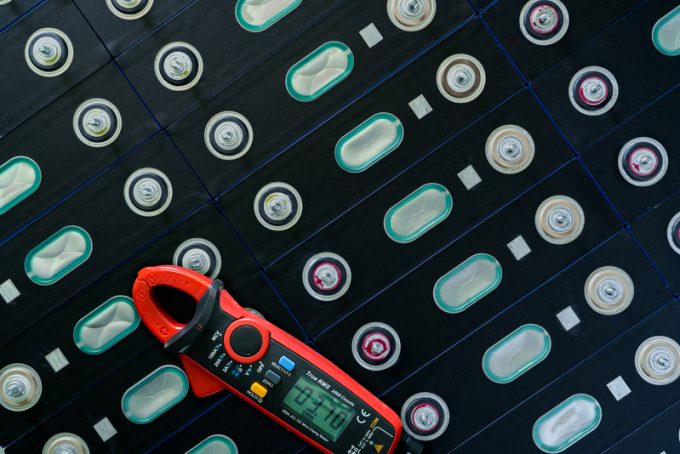Cargolux bans transport of disposable vapes from all flights
Cargolux has banned the transport of disposable electronic cigarettes, or vapes, on all its flights. The ...

At the recent meeting of the International Civil Aviation Organization (ICAO) dangerous goods panel, it was agreed to introduce a State of Charge (SoC) requirement of 30% for more categories of lithium ion batteries being transported by air.
This change will apply to lithium ion batteries packed with equipment – where a device has its battery packed in the same box. Currently the SoC requirement only applies to lithium ion batteries shipped by air on their own by air.
The change is important, as it comes amid a backdrop of increasing concern around the safety of shipping lithium batteries, particularly as their volume and size continues to grow.
For shippers it will add an additional level of complexity: making sure batteries are shipped with the correct state of charge will require extra checks and changes to pre-shipping processes.
For lithium ion batteries contained in equipment (for example, a laptop computer), the decisions are slightly different, insofar as there will be a state of charge limit recommended. And an SoC limit is also going to be recommended for transporting battery-powered vehicles.
The difference in approach between batteries packed with, and contained in, equipment has arisen because the panel felt that when batteries are contained in equipment, the equipment itself offers superior protection. In addition, many of these items are life-saving medical devices, and the panel did not want to impede the flow of such equipment around the world.
One option that will open up for many shippers is to change their processes, so that batteries are transported contained in equipment, rather than packed with. This will not be applicable or practical for everyone and, of course, if the equipment comes with a spare battery, then the consignment might still be considered as ‘packed with’.
For those who will need to adopt the new SoC regulation, it applies to lithium batteries with a watt-hour (Wh) rating in excess of 2.7 Wh, and there is also a full year of transition, which means the change will only become mandatory from 1 January 2026.
In addition, a new special provision is going to be made available whereby shippers that cannot meet the 30% SoC requirement will be able to apply for permission to have a higher state of charge, subject to approval by the state of origin and the state of operator. How long approval will take will depend on the procedures of each state, and there will almost certainly be additional costs.
These changes still need to be agreed at one further meeting before they are introduced into the 2025-2026 edition of the ICAO Technical Instructions for the Safe Transport of Dangerous Goods by Air. This legal publication is used by IATA to publish its guide, which is widely used by airlines and shippers to move dangerous goods around the world.
There is no indication for now that similar SoC restrictions will be introduced into any of the other modal regulations, such as for road (ADR), sea (IMDG), rail (RID) or inland waterway (ADN). None of them currently insists on any SoC restrictions for batteries shipped on their own, whereas ICAO introduced the 30% SoC restriction for air transport some years ago.
In the fast-moving world of lithium battery regulations, this is yet another change, albeit with a longer time frame for adjustment than many previous amendments. There will be other tweaks, some already announced, as well as the introduction of the new UN numbers and packing instructions for sodium ion cells and batteries.
The key for all those involved in the shipping of batteries is to keep up to date with all the announcements and clarifications over the next year.
Nicholas Mohr is the managing director of Peter East Associates Ltd, a dangerous goods training and consultancy company – www.petereast.com + 44 (0) 208 953 6721.
Comment on this article